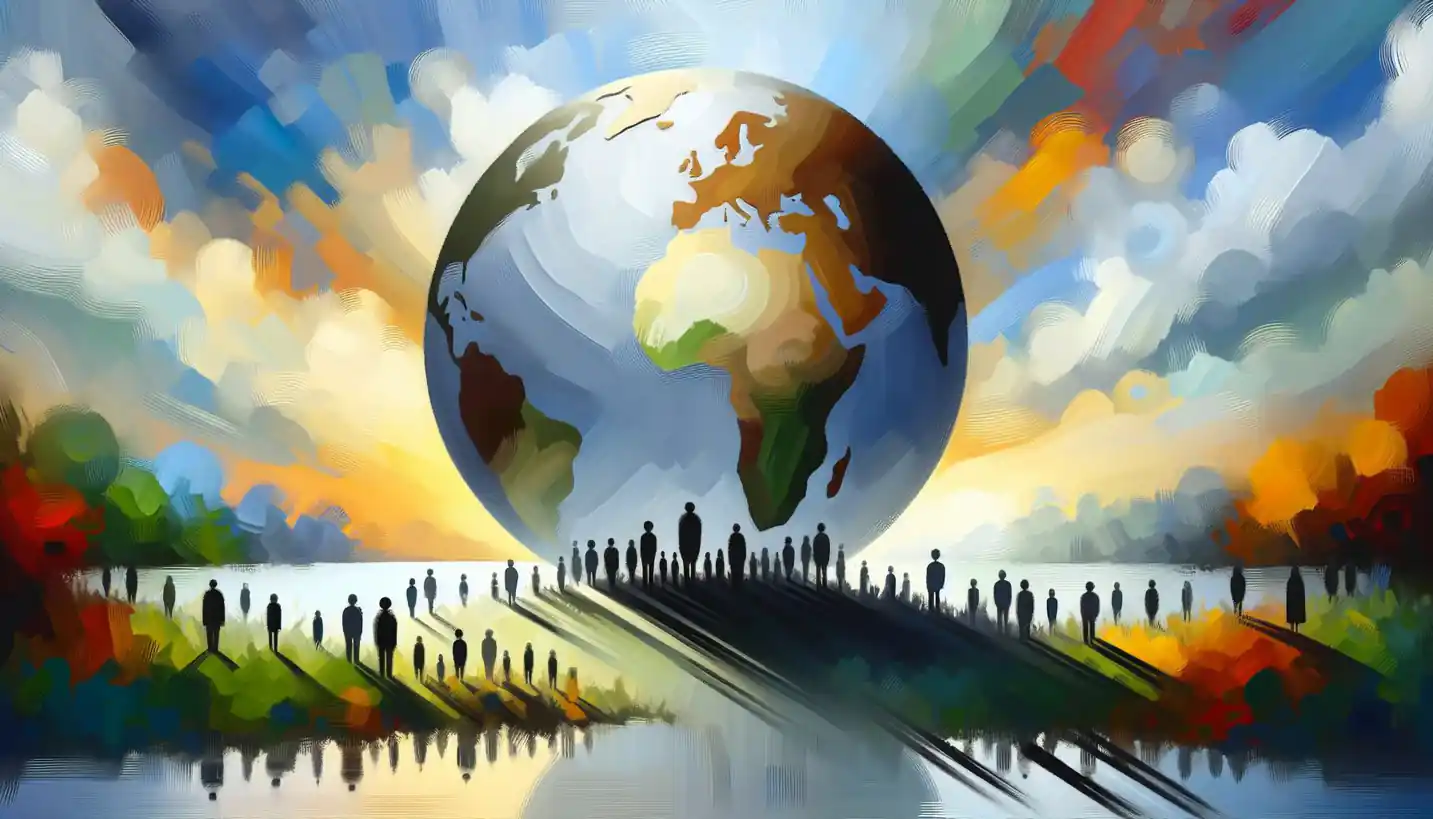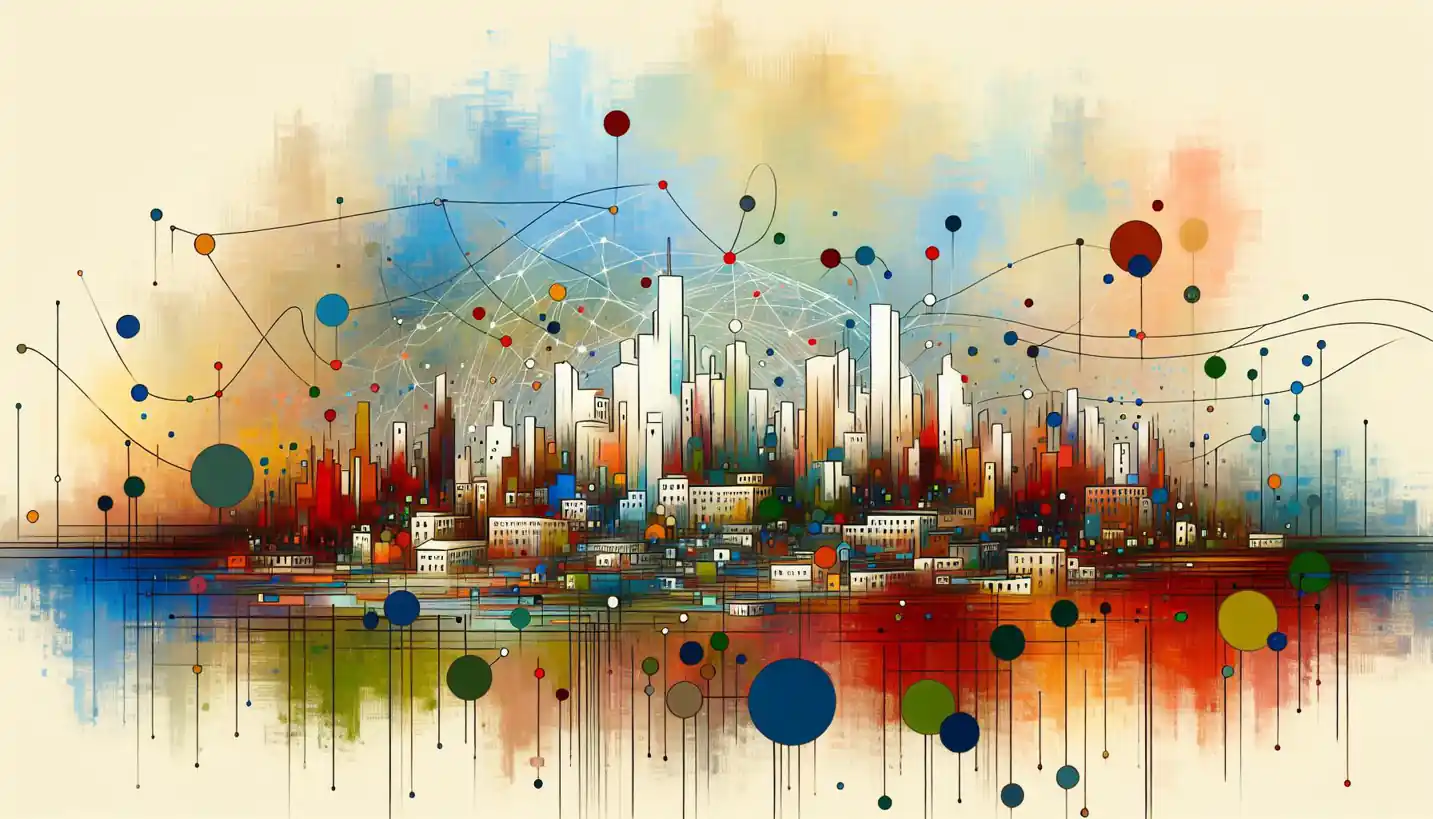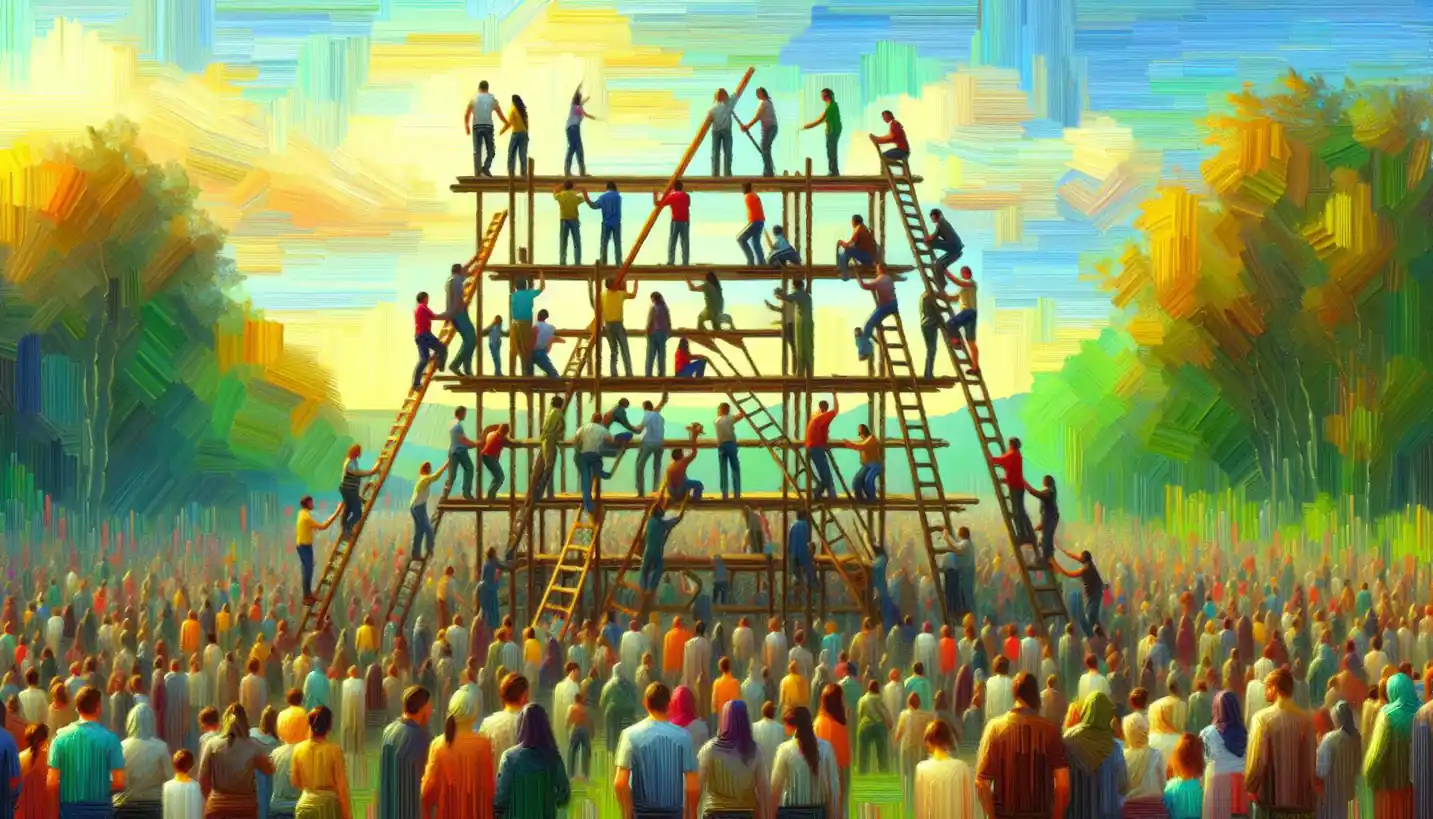· Sociology · 4 min read
Global Cities: The Beating Hearts of Our Modern World
Global cities are vital hubs in our modern world. Learn why these urban centers pulse with economic and cultural activity.

Now, let’s take a journey across the globe. From the hustle and bustle of New York City to the vibrant streets of Tokyo, global cities are places where the world comes together. These cities are not just centers of population and economic activity; they are the hubs of globalization. They influence everything from financial markets to cultural trends, all while serving as melting pots of ideas and innovations.
What Makes a City “Global”?
At first glance, any major city might seem like it could fit the bill. But to earn the title of a global city, it’s more than just about size or population. Global cities, like London, Paris, and Hong Kong, hold unique positions on the world stage. They are pivotal in economic systems, boast significant political influence, and offer cultural and social diversity that often leads trends on a global scale.
Economic Powerhouses
Think about the immense financial power concentrated in these urban areas. Wall Street in New York, the City in London, and Tokyo’s Ginza are examples of how these cities drive the global economy. They host headquarters of multinational corporations, leading banks, and are the testing grounds for economic policies that might ripple across the globe.
Global cities often have a solid infrastructure that supports complex financial markets. They are interconnected not just with other urban areas but with countries around the world, facilitating international trade and investment. The presence of major stock exchanges and financial centers makes them integral to economic discussions and developments worldwide.
Cultural Melting Pots
It’s not only about economics. Global cities are the crossroads of cultures. Here, you might find a Parisian sipping Italian coffee while reading an American novel. These cities become places where different cultural identities coexist, blend, and create something new. This mix leads to innovation in art, fashion, music, and lifestyle, setting trends that could quickly spread throughout the world.
Further, these cities often attract immigrants, adding to their rich mosaic of cultures. A stroll through a city like Toronto or Berlin reveals stories from around the globe etched into the fabric of the city. This diversity leads to vibrant communities that can offer unique perspectives on global issues.
Political Influence
Global cities often wield significant political power. They might host important international institutions, like the United Nations headquarters in New York or the European Union’s institutions in Brussels. These cities become forums for international diplomacy, where crucial decisions affecting the global landscape are made.
Moreover, they serve as testing grounds for policies addressing urban development, climate change, and social inequality. Governments and organizations worldwide often look to global cities for inspiration in tackling similar issues in their regions.
Connectivity and Technology
The digital age has only cemented the status of global cities. With advanced telecommunications and transport networks, these cities are at the forefront of technological innovation and connectivity. Silicon Valley’s influence on San Francisco, for example, showcases how technology companies can drive a city’s global standing.
In global cities, technology also streamlines daily life, from smart infrastructure to digital public services, making them more attractive destinations for businesses and individuals alike. This connectivity ensures they remain influential in setting the agenda for future technological advancements.
The Challenges of Being a Global City
But with great power comes great responsibility—and problems. Global cities face numerous challenges. Rapid urbanization can lead to overcrowding, straining public services and infrastructure. Housing costs skyrocket, pushing residents out of their homes and leading to socioeconomic divides.
Moreover, environmental issues are a significant concern. Global cities generate vast amounts of waste and pollution, contributing to climate change. Many are now at the forefront of developing sustainable policies and practices, such as enhancing public transport and reducing carbon footprints.
The Future of Global Cities
Where are these global hubs headed next? The future looks both promising and challenging. While technology will likely continue to drive their growth and influence, global cities must also address issues of inequality, sustainability, and resilience in the face of challenges such as climate change and pandemics.
Policymakers, urban planners, and communities will need to work together to ensure these cities remain livable, equitable, and dynamic. Innovation and collaboration will be key to adapting to and thriving amidst global changes.
Global cities are fascinating reflections of our interconnected world. They illustrate how borders blur in today’s society, with cultural exchanges, economic transactions, and political dialogues happening at scales unimaginable in the past. Embracing both their challenges and opportunities will be crucial for them to sustain their roles as leaders in a rapidly changing world.
By understanding these urban giants, we gain insight into not only global dynamics but also how local actions can have worldwide impacts. So, next time you find yourself in a bustling city center, remember: you’re standing at a crossroads of the world.



